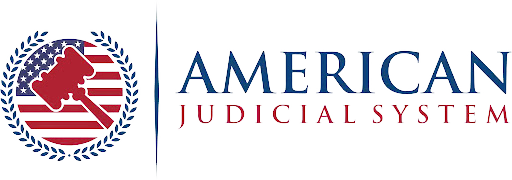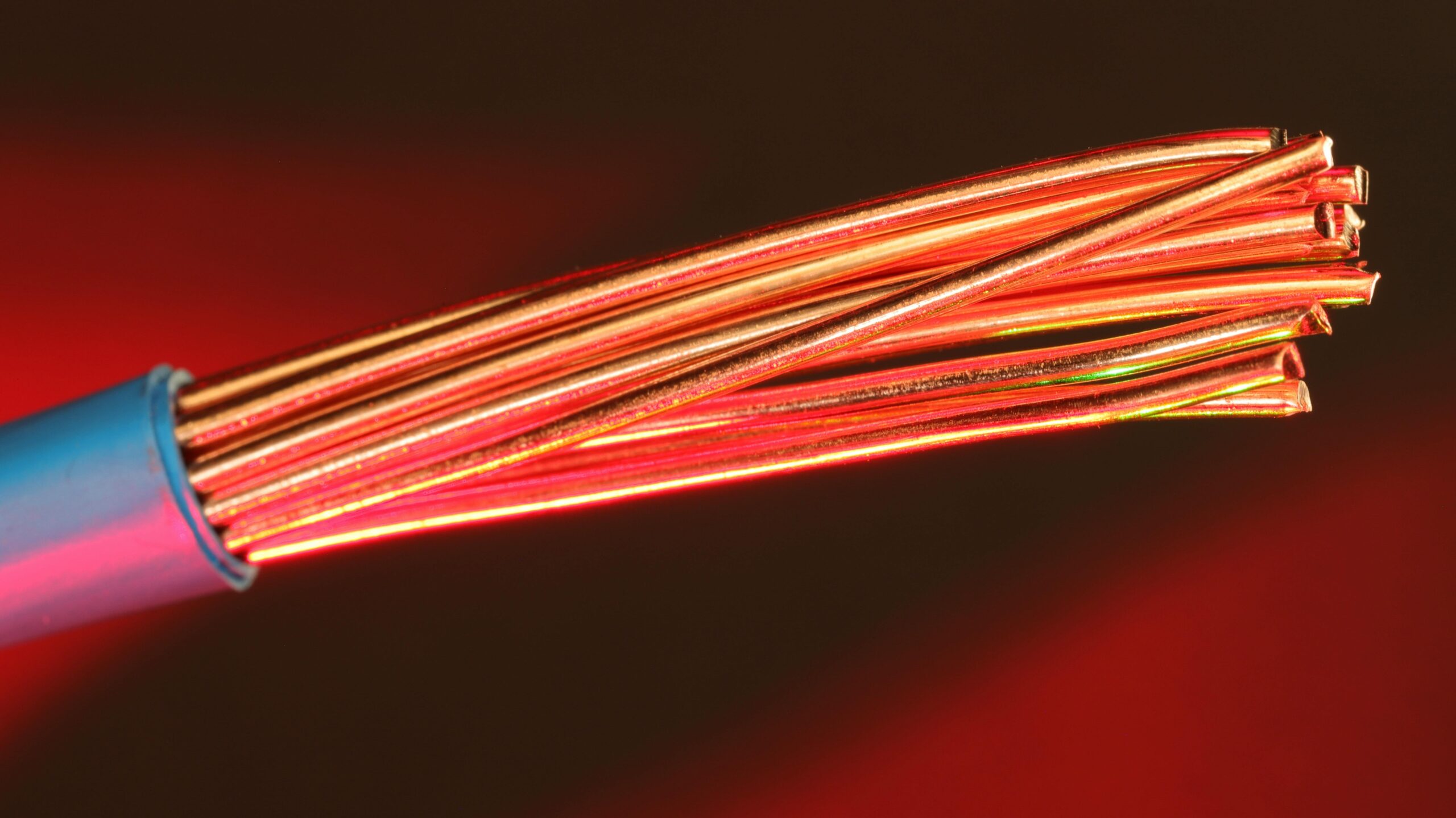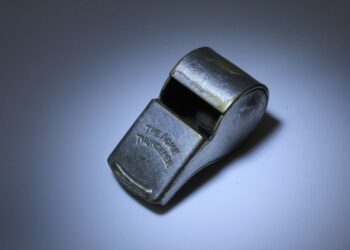The shift to greener cars promises a greener tomorrow, but the threat of lithium-ion battery fires has ignited complex lawsuits. The fires are intensely hot, prolonged, and all but impossible to extinguish. As increasing numbers of such cases spread, courts and governmental agencies grapple with assigning blame and protecting victims. Here are three critical elements of EV battery fire litigation and its broad implications.
1. Product Liability and the Burden of Defective Design
Product liability regulations regarding electric vehicle battery fires are difficult because these fires result mostly from advanced technological complexities. The legal principle of strict liability enables manufacturers to be held liable for product defects that produce unreasonable hazards, even if they take all reasonable safety measures at the manufacturing stage.
Plaintiffs must prove one of three defects. These are design defects like inefficient thermal management systems leading to thermal runaway, manufacturing defects like contaminated materials leading to internal short circuits, or failure to warn of threats like prolonged burn times or trained firefighter procedures.
Success hinges on sophisticated evidence like battery component forensic testing, black box records, and expert testimony. Manufacturers usually deflect blame onto user error or federal compliance. Pilot cases, such as Tesla battery fires or GM Bolt recalls, bring to the fore the significance of design failures that lead to multimillion-dollar settlements and regulatory changes, driving the adoption of safer technology such as LFP batteries. In contrast, plaintiffs have to overcome higher evidentiary burdens, and successful claims only recover compensation for losses and establish industry-wide safety modifications.
2. Regulatory Gaps and Evolving Safety Standards
While the National Highway Traffic Safety Administration (NHTSA) issues guidelines for EV safety, regulations lag behind quickly evolving battery technology. Current standards address crashworthiness but lack detailed procedures for preventing or mitigating battery fires. Such ambiguity gives manufacturers leeway, and plaintiffs can contend that companies traded safety for profits.
For instance, some manufacturers have been accused of using cheaper, less stable battery materials to save money, aware of the potential risks. In court, a company’s internal reports detailing cost-benefit analysis (“we can settle suits cheaper than fixing the defect”) become damning proof. Regulatory loopholes extend to emerging technologies like solid-state batteries, which have yet to be standardized for safety even as they promise to reduce fire risks.
Further, weak international standards allow manufacturers to exploit loopholes, including selling cars in regions with weaker regulations. Advocacy groups now demand stricter mandates to plug these loopholes, including mandatory thermal runaway prevention mechanisms and real-time battery health monitoring.
3. Challenges in Proving Negligence and Securing Compensation
It is difficult for victims of EV battery fires to receive compensation. Unlike common accidents, these fires tend to burn up evidence, complicating the establishment of causation. Manufacturers also seek to shift blame to drivers by attributing fault to improper charging patterns or vehicle alterations. Hyundai initially attributed Kona EV fires to “user error” before recalls revealed defective battery cells.
These problems become even more conspicuous once a case is before the courts. An Atlanta car accident lawyer handling these claims is subject to Georgia’s comparative negligence law, under which there can be no recovery if the plaintiff is 50% or more at fault. This makes countering manufacturer defenses vital.
Expert testimony from battery chemists, fire investigators, and safety engineers is now necessary to refute claims of driver fault. In addition, punitive damages are also available to plaintiffs if they can prove that manufacturers acted with reckless disregard for safety, which is a high standard but achievable.
Endnote
Litigation over EV battery fires represents a legal frontier where product design outpaces accountability. Manufacturers increasingly feel pressure to weigh safety against speed-to-market, while victims find it challenging to prove harm in technically complicated cases. Injured parties, therefore, must work with attorneys who understand automotive engineering and state-specific liability law to achieve justice.










